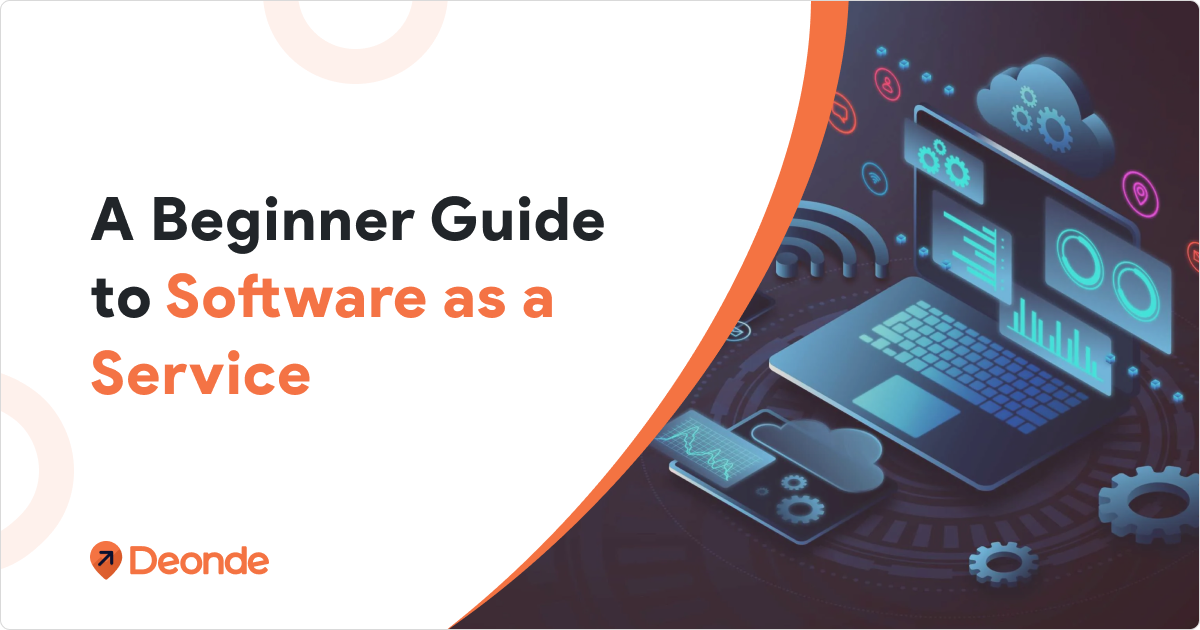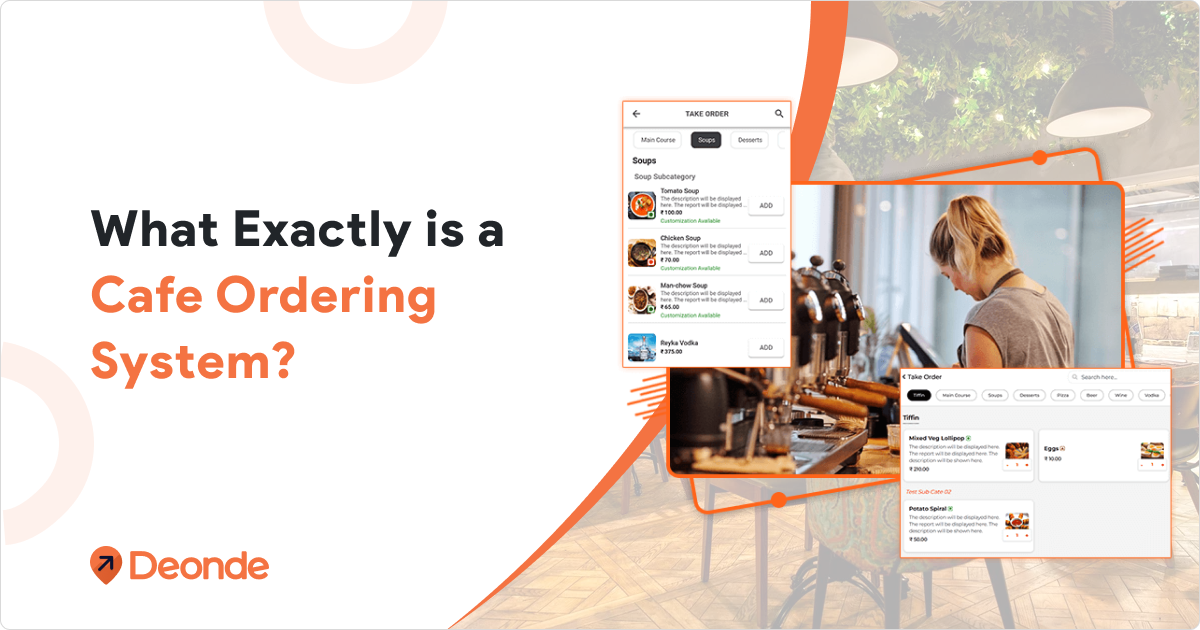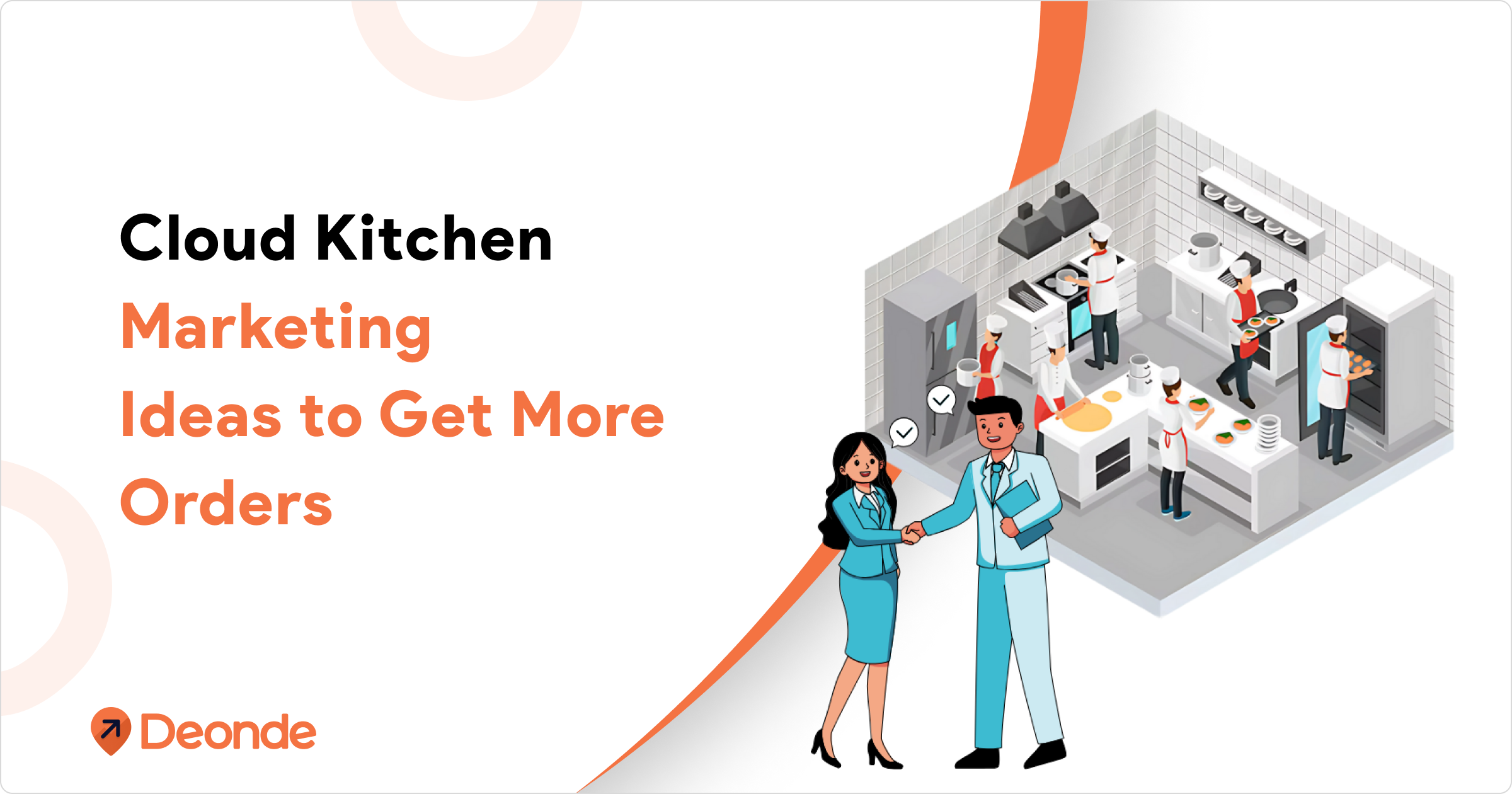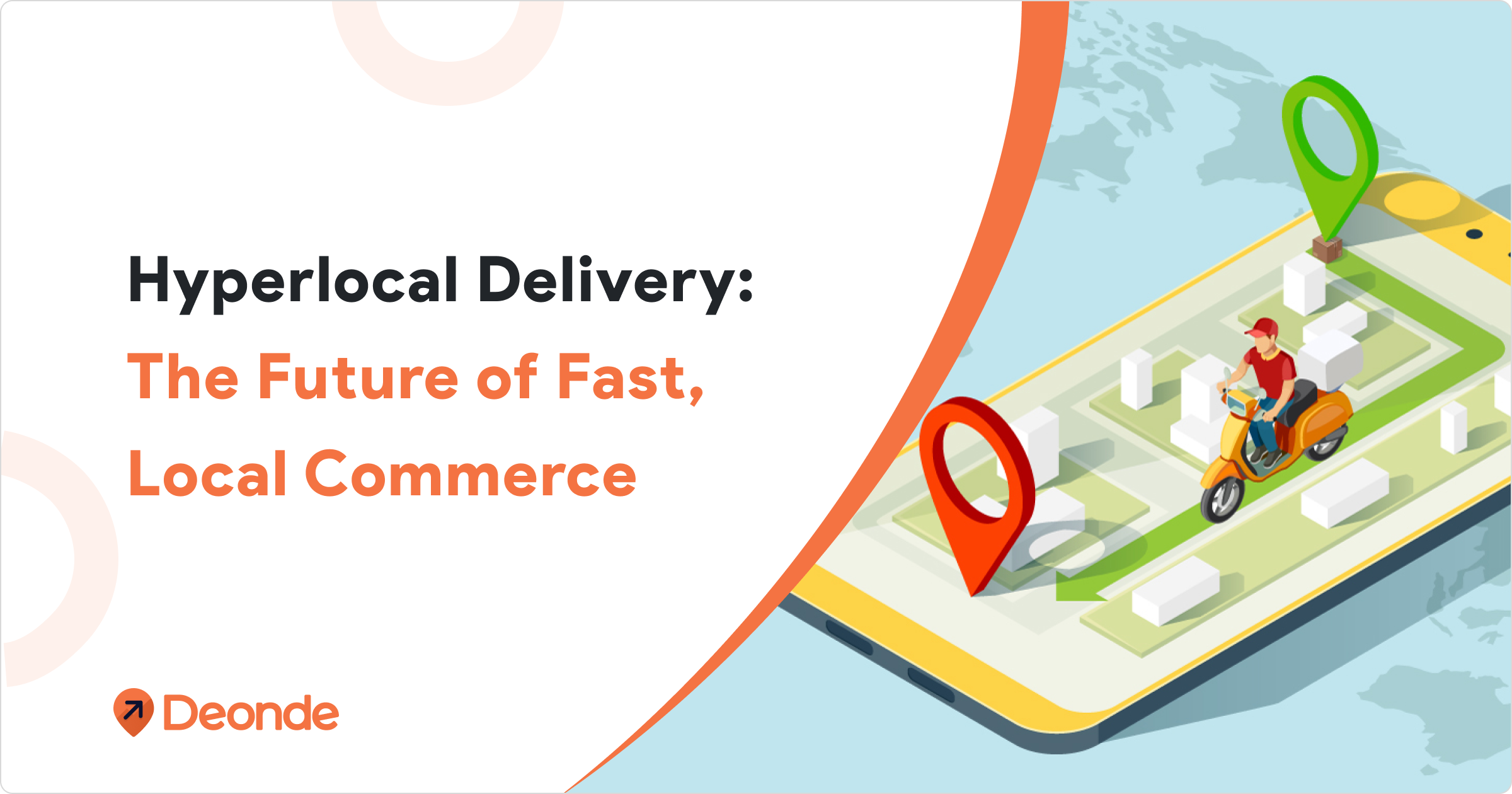It is easier for companies to build and offer services over the Web due to the growth of cloud computing. DeOnDe, a leading Software as a Service (SaaS) provider, offers a cutting-edge online food delivery software solution on a monthly subscription basis. The sheer force of a cloud solution and the efficiency of distribution offer the business a platform for robust solutions that clients and users can use from almost anywhere.
One of the most popular kinds of cloud-based solutions on the market is Software as a Service or SaaS. It is one of the first apps of cloud that was launched publicly. Moreover, the chances are that almost every business has implemented a SaaS system in its infrastructure.
Let us understand SaaS better with an example:
Imagine Software as your meal.
To prepare a basic meal, you need to buy grocery and cooking equipment. Then you need to put your skills and the stuff you bought together, to get the desired taste. If you know to cook, it will taste good. However, if you lack in cooking skills, its tastes depend on the efforts you put in.
However, you chose to skip this step and preferred visiting a good restaurant. This exactly is SaaS. The waiter comes to you, and after looking at the menu card, you ordered your food. In the restaurant, the head chef, cooks, waiters, managers and everyone related to the restaurant put all the efforts to bring the food on your table. All you need to do is to enjoy the meal and pay for it.
Alternatively, if you do not feel steeping out, online food delivery solution can work for you. You need to open an application, select the food of your choice, feed the delivery address, make the payment, and you are done.
This is what you do in Software as a Service. You do not own things; instead, you rely on someone else. You get their Software and work on it.
What is software as a service?
SaaS is a subscription-based software licensing model. Software vendors host applications remotely on their own hardware and users on other systems can use these apps through a web portal via Internet access. This implies that the software depends on the supplier’s hardware instead of the consumer’s hardware to operate the solution.
The SaaS industry actively grew between 2018 and 2020. During this time, over 20% of new SaaS companies appeared worldwide. The US is leading the market with over 15,000 SaaS developers, and the UK is in second place with 2,000 companies.
According to forecasts, by 2026, the volume of the global SaaS market will double compared to 2020 and reach $ 307.3 billion. This growth is because of the demand for SaaS solutions from business.
Today, companies around the world are implementing SaaS applications. The fee for this form of service provision depends on the functionality used. An app that can cost hundreds of dollars can be used for a small fee.
Let’s dive deeper to learn what SaaS is and how much it costs!

Software as a service Features
- Web-based Delivery: SaaS apps can be accessed from anywhere with an internet connection because they are supplied over the internet, often through a web browser. Users no longer need to install and maintain software programs on their local machines as a result
- Multiple Users: SaaS applications from a single instance of the program thanks to the concept of multi-tenancy. As a result, the provider can serve several clients with the same application without administering unique program instances for every client.
- Automatic Updates: SaaS providers are in charge of keeping the software up to date and making sure that everyone has access to the newest features and security patches. Users are no longer required to manually install updates or fixes as a result.
- Scalable: SaaS systems are scalable, which can readily grow or shrink in response to user demand. This frees up enterprises from worrying about infrastructure or licensing fees and lets them add or remove users as needed.
- Pricing on a Subscription Basis: SaaS programs are frequently sold using a subscription-based pricing model, in which customers pay a monthly or yearly price to access the program. As a result, companies won’t need to invest significantly in software licenses upfront.
- Data security, including data encryption, access restrictions, and backups, is the responsibility of SaaS providers. Users no longer need to handle their own data security because of this.
SaaS services can typically be availed through a subscription, but they are also offered upfront with a standard rate.
Benefits of Software as a service
Software as a service deployments offers many advantages for both developers and consumers. To simplify this for you, we will bifurcate it into two sections:
♦ Benefits of SaaS to Distributors
♦ Benefits of SaaS to Software Users
Let us look into them one by one.
1: Benefits of SaaS to Distributors
For developers looking to deliver their Software, SaaS solution offers many advantages. SaaS ‘ conveniences for designers of Software include but are not confined to:
Eliminate the physical distribution necessity
Software developers historically needed to deliver their programs to users physically; usually, this is achieved using a storage method that stores the Software, which users then download on their device. The SaaS delivery method means developers need not care about physical distribution and only need to allow users to access on-premise hardware resources.
Easier to update
Since users use their network to access the apps, pushing updates is as easy as upgrading the system locally. At the request of the client, all they have to do is install the newest version of the Software to receive an update. Instead of machine-by-machine updates, vendors can centrally host the updated Software and distribute the update to users as requested by their local computer–a much quicker vendor delivery.
2: Benefits of SaaS to Software Users
The advantages of Saas do not just apply to software vendors; the end-user can also benefit SaaS deployments as well. These benefits include:
Multitenant Design
It is a multi-tenant design, which uses a single, shared network and code base that is centrally managed by all users and applications. Since SaaS product customers are all on the same platform and codebase, developers can evolve quicker and save precious development time spent previously maintaining multiple obsolete software versions.
Easy Accessibility
Since SaaS allows Internet connectivity to access a computer instead of downloading an update directly, users can access a SaaS system from anywhere. So long as a system is compliant with the Software, it is only essential to connect to a network and use the Software. That implies a client can securely run a vendor’s system, growing a vendor program’s business functionality.
Cost-Efficient
Most Software uses a pay-as-you-go system as a service approach, which means users only have to pay for the services they use. Additionally, since the user does not need to invest in any physical equipment to download the application, the program only needs to be purchased to put them in use. This, alone will significantly reduce the cost of buying and maintaining a solution.
Why DeOnDe, SaaS-Based Business Solutions?
DeOnDe offers a ready business solution for your food, grocery, medicine, taxi booking or any other delivery startup/SME.
An Exceptionally Smart Business Solution: Launch it anytime!
No Coding Required, No time needed for design or development & No huge Investments. We have brought a monthly subscription model for your business with SaaS-Based Solutions. Utilize your time and creativity, focusing on your core business functionalities. We will manage everything from our end.
Conclusion
Software as a Service has transformed the way businesses approach technology, offering unparalleled flexibility, scalability, and cost-effectiveness. As the digital landscape continues to evolve, SaaS will play an increasingly crucial role in helping businesses stay agile and competitive.
Read more about the benefits of SaaS by clicking here.
FAQs
1. Why is SaaS popular?
A: SaaS is popular due to its cost-effectiveness, easy implementation, automatic updates, scalability, and accessibility from anywhere with an internet connection.
2.Why is SaaS needed?
A: It gives businesses access to advanced software without big upfront costs or maintenance headaches.
3.Can I integrate different SaaS applications?
A: Yes, many SaaS applications offer APIs and pre-built integrations, making it possible to connect different tools and create a cohesive technology ecosystem.




